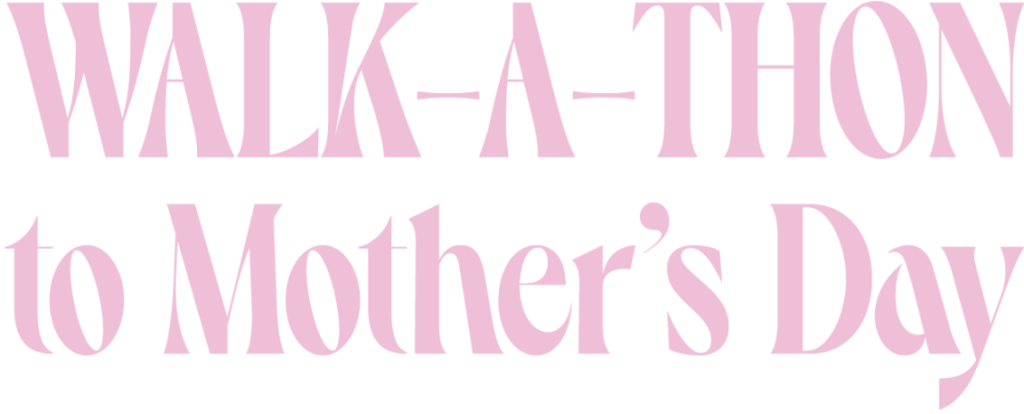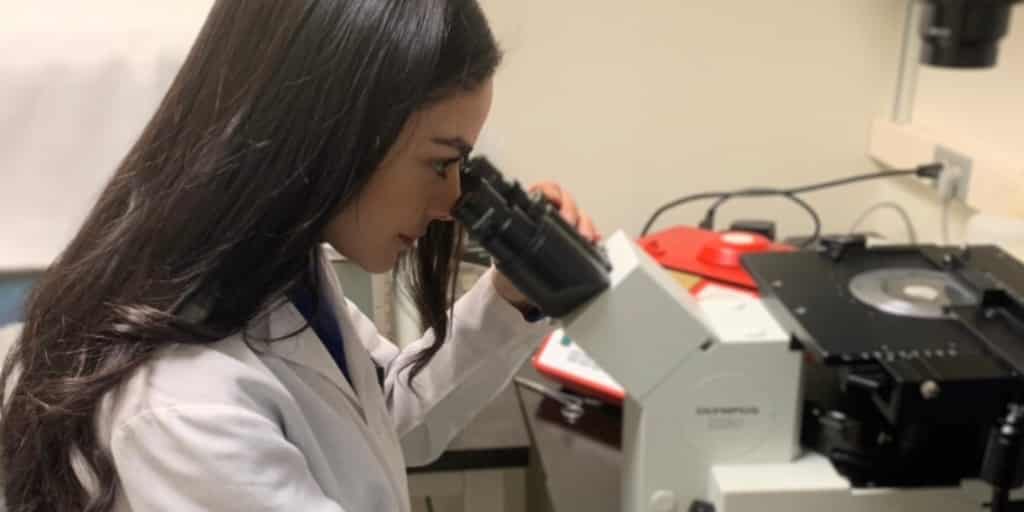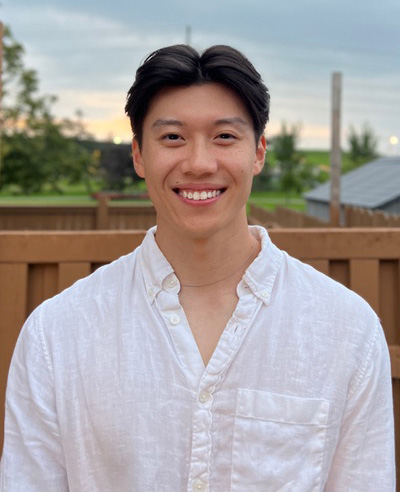1. Who are you? Tell us a little bit about yourself
I’m Nourhan Shalaby. I did my undergraduate degree at Western University in Medical Sciences and Biology. I completed a Master’s degree in Medical Physics at McMaster University. Then I came back to Western to do my Ph.D. in Medical Biophysics under the supervision of Dr. John Ronald and Dr. Tim Scholl. I am also a member of the Cellular and Molecular Imaging Group at the Robarts Research Institute and a recipient of the Translational Breast Cancer Research Unit (TBCRU) Studentship Doctoral Award.
2. Tell us about the importance of receiving a TBCRU Studentship Award supported by the Breast Cancer Society of Canada.
I am grateful to be a recipient of this award. It has allowed re-allocations of resources for my project, and enable me to dedicate more time to my research. I also get to be a part of a great group of TBCRU recipients and work together to fundraise as well as raise breast cancer awareness. I also get the opportunity to inform students and the public about my research.
3. Tell us about your research. What are you doing, and what problems do you hope to answer or solve?
For my project, I have been developing genetically engineered cell systems that have the potential to target breast cancer and serve as both a diagnostic and therapeutic tool. These cell systems can specifically detect stiffness, a common feature of breast tumours that are also often used by women during self-assessment for breast cancer. These systems can then activate the expression of genes that can improve detection using widely available medical imaging technologies, such as PET and/or MRI. Also, the cell system can be genetically modified to include a therapeutic component to allow for the treatment of breast cancer.
4. Why is your research important? What are the possible real-world applications?
My work has the potential to be implemented as a sensitive and specific tool to track cell therapies in patients using imaging technologies already available in the clinical setting. We would be able to locate where our cell therapies are and activate them to initiate treatment on tumours while sparing as much healthy breast tissue as possible.
5. How did you come up with your research topic, what inspired your research question?
During my Master’s work, I was using breast tumour samples that were freshly removed directly from the surgery. Even with the naked eye, the tumour lesions were significantly stiffer than healthy fatty tissue. We know from the literature that cancer cells secrete higher levels of collagen and other matrix proteins that result in this stiffness biomarker. Many studies investigated and monitored biochemical changes in cancer cells, but targeting the mechanical or physical properties (such as stiffness) of the tumour environment is a relatively novel approach that has gained our attention.
6. Who or what got you interested in breast cancer research?
A couple of years ago, I lost my aunt to breast cancer, so it hits close to home. Also, as a woman, there is a drive and passion for breast cancer research in particular. I am interested in learning about the disease as well as its progression and treatment for hopes of developing tools that can improve current standards and outcomes.
7. Why do you think breast cancer research matters or is important?
Breast cancer affects 1 in 8 Canadian women. That means if it doesn’t affect you directly, it will most likely affect someone you love. And although science has come a long way in understanding the biological pathways and mechanisms of breast cancer and its spread, there is still a long way to go. Every piece of information we gain is a stepping stone closer to understanding and tackling the disease — research matters.
8. What excites you about your work?
One of the most exciting things that I get to do is gene engineer cells to express genes that they don’t usually express. When I first started my Ph.D., I did not even know how to use a pipette! Now I have the skillset to change the genome of stem cells, cancer cells, and immune cells for developing different cell therapies. It also really excites me that my work, or some aspects of it, can someday be translated into the clinic.
9. What do you see yourself doing in the future?
Aside from my work in the lab, I also teach Math and Physics at a college, and I can see myself pursuing a career in academia. Ideally, I would like to teach something more relevant to my research in medical imaging, cell biology or instrumentation for MRI or PET.
10. What do you like to do when you aren’t working on research?
When I am not in the lab or at work, I love spending time with family and friends. I also love to run and play tennis. I’m also a travel bug so as soon as I have some time off, my suitcase is packed, and I am ready to go!
Support researchers like Nourhan Shalaby by considering a donation to the Breast Cancer Society of Canada. Find out how you can help fund life-saving research, visit bcsc.ca/donate today.




